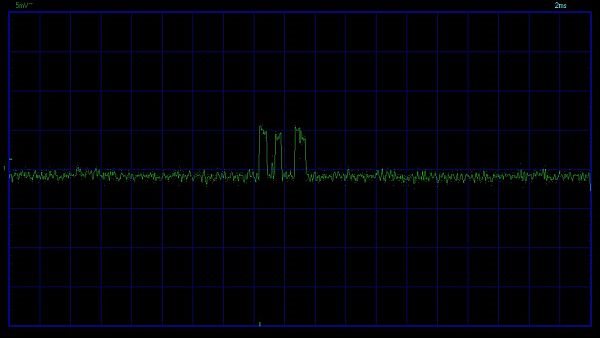That's the issue with the attitude. Manufacturer or companies that produce and are trying to sell products will certainly think differently than enthusiasts, hobbiests.
After seeing many of his posts, I am understanding.
It's not like holy shit we found a hole in design, it's going to be end of the world, no one should use it. But rather, taking a small thing that happens to surface to let us talk about it. And then by understanding what it is, we learn. And by the severeness/important of the matter, we decide whether to take consideration in the future. In this case it is certain a problem someone can face, even though it's small it is. Using high gain is just a method to focus and magnify the issue.
We are always defensive seeing a small issue brought to the surface. Instead, we should comprehend and try to take in as much as we can before we make comments.
Just answer this question yourself: Does eliminating this make a better design. If it is even by a tiny bit, it's constructive and helpful.
We just don't have to push it to every measurements to design. Because there are always aspects that are more important than these.
After seeing many of his posts, I am understanding.
It's not like holy shit we found a hole in design, it's going to be end of the world, no one should use it. But rather, taking a small thing that happens to surface to let us talk about it. And then by understanding what it is, we learn. And by the severeness/important of the matter, we decide whether to take consideration in the future. In this case it is certain a problem someone can face, even though it's small it is. Using high gain is just a method to focus and magnify the issue.
We are always defensive seeing a small issue brought to the surface. Instead, we should comprehend and try to take in as much as we can before we make comments.
Just answer this question yourself: Does eliminating this make a better design. If it is even by a tiny bit, it's constructive and helpful.
We just don't have to push it to every measurements to design. Because there are always aspects that are more important than these.
